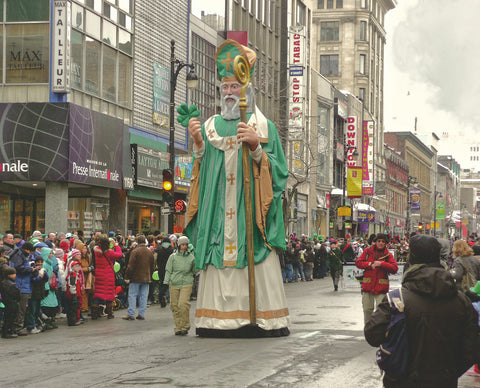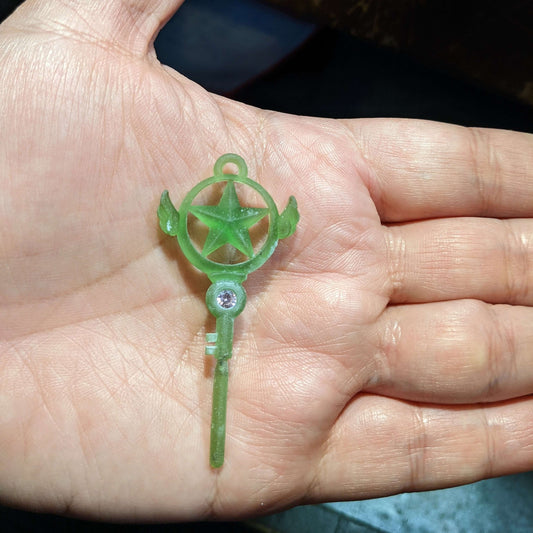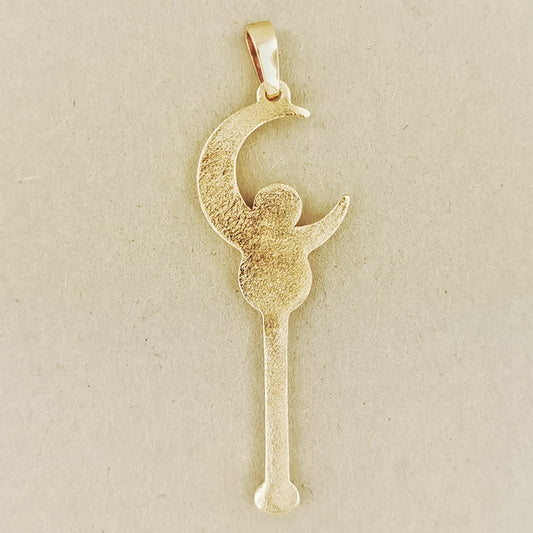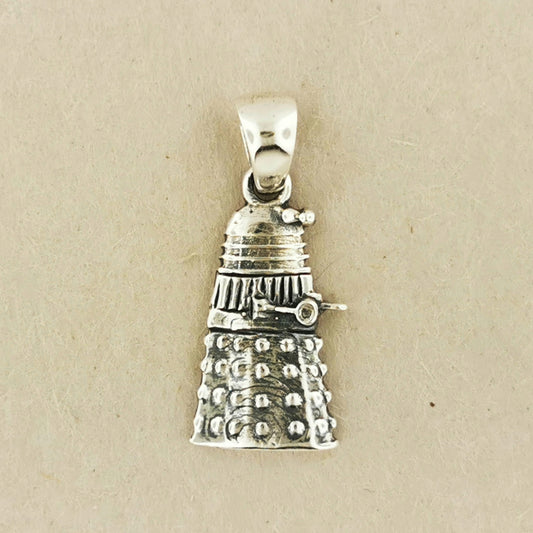
Photo by Autumn Martin on Unsplash
As March rolls around each year, it brings with it a burst of green, lively festivities, and a sense of camaraderie among people around the world. That's right – it's Saint Patrick's Day! This beloved holiday, celebrated on March 17th, holds a rich tapestry of history, symbolism, and meaning that continues to resonate with people of all backgrounds. So, let's dive into the vibrant world of Saint Patrick's Day and explore what makes it so special.
First, let's rewind the clock and delve into history. Contrary to popular belief, Saint Patrick himself wasn't actually Irish! He was born in Roman Britain in the late 4th century. At the age of 16, he was kidnapped by Irish raiders and taken to Ireland as a slave. During his captivity, Patrick found solace in his faith and eventually escaped back to Britain. However, he returned to Ireland years later as a missionary, spreading Christianity throughout the land and earning the title of Ireland's patron saint.

One of the most famous legends associated with Saint Patrick is the driving of the snakes out of Ireland. According to tradition, Saint Patrick confronted and banished all the snakes from Ireland, thus freeing the island from their presence. While this story is widely celebrated and symbolizes Patrick's triumph over paganism and the forces of evil, it is largely regarded as allegorical rather than literal.
In reality, Ireland has never been home to any native snake species following the last Ice Age, making it unlikely that Saint Patrick would have encountered actual snakes during his time in Ireland. Instead, the tale of Saint Patrick driving out the snakes is often interpreted as a metaphor for his efforts to convert the Irish people from pagan beliefs to Christianity, symbolizing the eradication of pagan practices and the triumph of Christianity over the old ways.

Photo by Museums Victoria on Unsplash
Regardless of its historical accuracy, the legend of Saint Patrick driving the snakes out of Ireland endures as a powerful symbol of his influence and legacy. Saint Patrick's Day commemorates his life and contributions to Ireland, serving as a testament to his impact on Irish culture and spirituality.
Saint Patrick's Day is synonymous with all things green – from shamrocks to leprechauns to rivers dyed emerald. But why green? Well, the colour green has deep roots in Irish culture, symbolizing the lush landscapes of the Emerald Isle and the arrival of spring. Shamrocks, in particular, hold special significance as Saint Patrick is said to have used the three-leafed clover to explain the concept of the Holy Trinity.
Now, you might be wondering, why leprechauns? These mischievous little creatures have become synonymous with Saint Patrick's Day, adorning everything from decorations to greeting cards to festive attire. But what's the connection between these mythical beings and the holiday itself?

Leprechauns are legendary figures in Irish folklore, known for their elusive nature, cunning tricks, and hidden pots of gold. According to tradition, they are solitary beings who spend their days crafting shoes and guarding their treasures at the end of rainbows. Legend has it that if you're lucky enough to catch a leprechaun, he'll grant you three wishes in exchange for his freedom. As Saint Patrick's Day evolved from a religious observance to a cultural celebration, leprechauns became emblematic of the playful and imaginative spirit of Irish heritage.
Beyond its historical and symbolic origins, Saint Patrick's Day has evolved into a modern-day celebration cherished by people around the world. From bustling parades to lively pub gatherings, the holiday brings communities together in a spirit of joy and unity. It's a time to revel in Irish culture through music, dance, and, of course, hearty feasts featuring traditional Irish fare.

Saint-Patrick's Day Parade in Montreal, 2022. Photo by Pascal Bernardon on Unsplash
Saint Patrick's Day is more than just a party – it's a celebration of heritage and identity. Even for those who aren't of Irish descent, Saint Patrick's Day offers an opportunity to embrace the spirit of inclusivity and solidarity that defines the holiday.
Erin go Bragh!, Sláinte and may the road rise to meet you, and the wind be always at your back!











